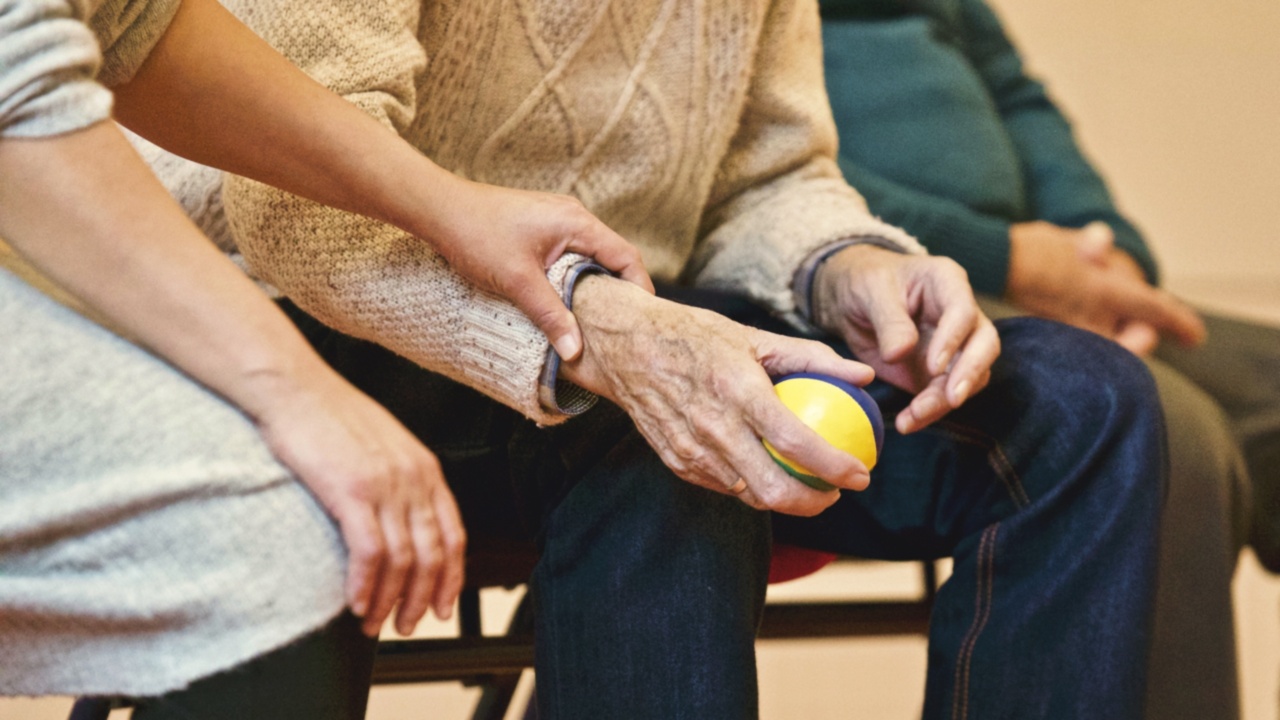When discussing healthcare disparities, the focus often centers on the differences in health outcomes between various racial and ethnic groups.
However, there is another crucial aspect that deserves attention – the disparities between men and women. Men face unique health challenges that can often be overlooked or underrepresented in discussions about gender health disparities.
The male condition encompasses various aspects of men’s health, including mental health, reproductive health, and access to healthcare, among others. It is essential to shed light on the specific hurdles faced by men to ensure comprehensive and equitable healthcare for everyone in society.
Mental Health: A Silent Struggle
Although mental health issues can affect anyone, men tend to experience unique challenges in this area and are often less likely to seek help.
Societal expectations and traditional gender norms place an emphasis on stoicism and emotional restraint for men, making it difficult for them to express vulnerability or admit to struggling with mental health issues. As a result, men may be more prone to suffer in silence, leading to higher rates of undiagnosed and untreated mental health conditions.
Reproductive Health: Beyond Stereotypes
Reproductive health involves not only women but also men, and addressing this aspect is integral to maintaining overall well-being.
However, discussions around reproductive health are often restricted to women, overshadowing the unique challenges men face in this domain. Issues such as infertility, testicular cancer, and prostate health need more attention and awareness to ensure timely diagnosis, treatment, and support for men facing these specific health concerns.
Access to Healthcare: Bridging the Gap
Access to healthcare is an essential factor in maintaining good health. However, men may face certain barriers that hinder their access to necessary medical services.
Societal expectations and traditional gender roles can discourage men from seeking regular check-ups or visiting healthcare professionals. Additionally, cultural factors and stereotypes surrounding masculinity can further contribute to disparities in healthcare access for men, especially those from marginalized communities.
It is crucial to address these barriers and promote healthcare services that cater to men’s unique needs.
Physical Health: Identifying Risks
Men’s physical health is often scrutinized more closely due to societal expectations around physical appearance and strength.
While this can lead to a focus on certain aspects, such as muscular development, it also means that potential health risks specific to men may be overlooked. Conditions such as cardiovascular disease, certain types of cancer, and sexual health issues can have a significant impact on men’s well-being.
Raising awareness about these risks and encouraging preventive measures can contribute to bridging the health gap between men and women.
Mental Health Stigmas: Breaking the Silence
The stigma surrounding mental health is detrimental to everyone, including men. Men may face additional challenges in seeking help due to the perception that mental health issues are a sign of weakness.
Breaking through these stigmas requires education and destigmatization efforts in society, emphasizing the importance of seeking help and providing accessible mental health resources tailored specifically for men. By addressing these issues head-on, we can ensure that men’s mental health receives the attention and support it deserves.
Empowering Men: Promoting Self-Care
Encouraging self-care practices among men is crucial in preventing and managing various health conditions. By promoting healthy lifestyle choices, regular exercise, and stress management, we can help empower men to take control of their own well-being.
It is essential to provide education and resources that specifically target men, teaching them how to prioritize their health and mitigate the unique challenges they may face.
Health Education: Starting Young
Addressing health disparities between men and women necessitates starting at an early age. Comprehensive health education should be implemented in schools and communities, emphasizing the importance of gender-neutral health discussions.
By breaking down the stereotypes and addressing the unique aspects of men’s health from an early age, we can promote a more inclusive healthcare system that ensures the well-being of all individuals, regardless of gender.
Advocacy and Policy Changes
To bridge the health disparities between men and women, there is a need for advocacy and policy changes.
This involves promoting research and funding for men’s health studies, increasing access to healthcare services tailored to men’s needs, and addressing gender biases within healthcare systems. Additionally, influencing cultural norms and expectations around masculinity can help facilitate a more open and supportive environment for men’s health concerns.
Conclusion
The male condition encompasses a diverse range of health disparities that need to be recognized and addressed.
By acknowledging and actively working to bridge the gap, we can create a more inclusive healthcare system that ensures equitable access and attention to the unique health challenges faced by men. It is essential to prioritize men’s health not just as a standalone issue but as an integral part of the broader conversation around gender health disparities, ultimately striving for comprehensive well-being for all individuals.































